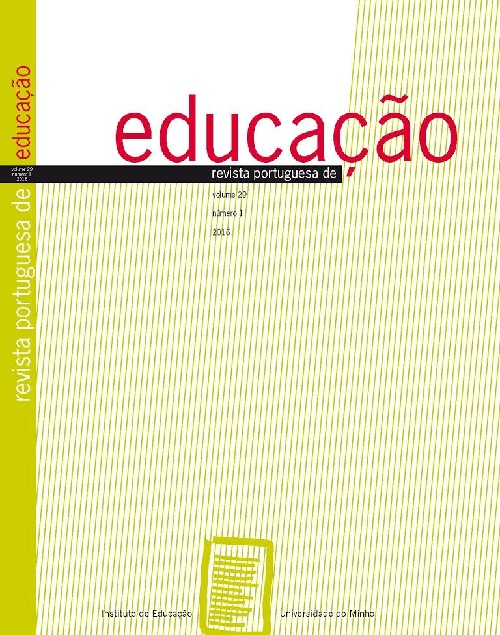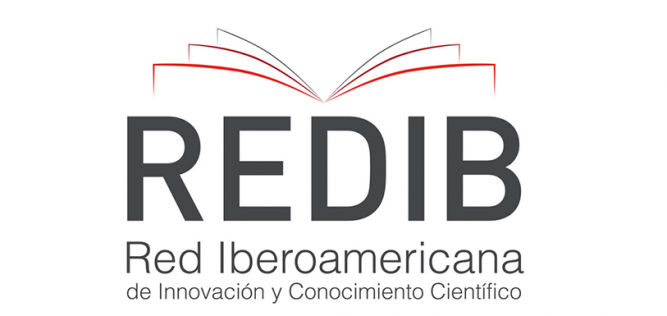Fundamentos antropológicos do semovimentar: Percepção, movimento e salutogênese
DOI:
https://doi.org/10.21814/rpe.7383Abstract
O presente ensaio tem como objetivo expandir o estudo do conceito semovimentar como fundamento para uma Educação Física responsável. A
partir de leitura fenomenológico-hermenêutica, destacamos dois autores centrais a respeito das bases antropológicas do movimento humano no interior da Gestaltkreis. Os resultados apontam que a partir de Viktor von Weizsäcker surgem novos fundamentos para uma intervenção diferenciada na área da saúde, denominada antropologia médica, tendo como eixo central a percepção-movimento. Em seguida, a partir de Paul Christian, emerge a nova compreensão de ser humanoque se-move na e pela intencionalidade. Diante das constatações sugere-se temáticas para a formação de professores e elaboração de projetos escolares, com arranjos didáticos onde crianças e jovens podem seguir o paradigma da salutogênese, ao contrário da hegemônica patogênese. Sugerimos ainda que a meta educacional seja o mundo das relações em níveis salutarese que o eixo seja o sentido de vida em movimento.
PALAVRAS-CHAVE
Educação Física; Antropologia médica; Percepção-movimento; Se-movimentar
ABSTRACT
The present essay aims to expand the study of self-motionconcept as the
basis for responsible Physical Education. From a phenomenologicalhermeneutic reading, it is worth highlighting two primary authors on the anthropological bases of human movement within the Gestaltkreis. From Viktor von Weizsäcker, results show that there are new foundations for a differentiated intervention in the healtharea called medical anthropology, and with the central axis in perception-movement. Then, from Paul Christian, a new understanding of the human being that moves in the intentionality emerges. Given these findings, it is possible to suggest topics for teachers’ training and for the development of school projects, with didactic arrangements where
children and youth may follow the paradigm of salutogenesis, unlike the hegemonic pathogenesis. Also, it is worth suggesting that the educational goal can be the relationships in the world at healthy levels, and the axis may be the sense of lifein movement.
KEYWORDS
Physical Education, Medical anthropology; Perception-movement; self-motion
Downloads
Downloads
Additional Files
Published
How to Cite
Issue
Section
License
1. The authors preserve their authorship and grant the Portuguese Journal of Education the right to the first publication. The work is licensed under Creative Commons Attribution License that allows sharing the work with the acknowledgment of initial authorship and publication in this Journal.
2. The authors have the right to take additional contracts separately, for non-exclusive distribution of the published version of their work (e.g. to deposit in an institutional repository or as a book chapter), acknowledging the initial authorship and publication in this Journal.
3. The authors have the permission and are stimulated to post their work online (e.g. in an institutional repository or on their personal website). They can do this at any phase of the editorial process, as it may generate productive changes, as well as increase impact and article citation (see The Open Citation Project).
The work is licensed under Attribution-ShareAlike 4.0 International (CC BY-SA 4.0)




















